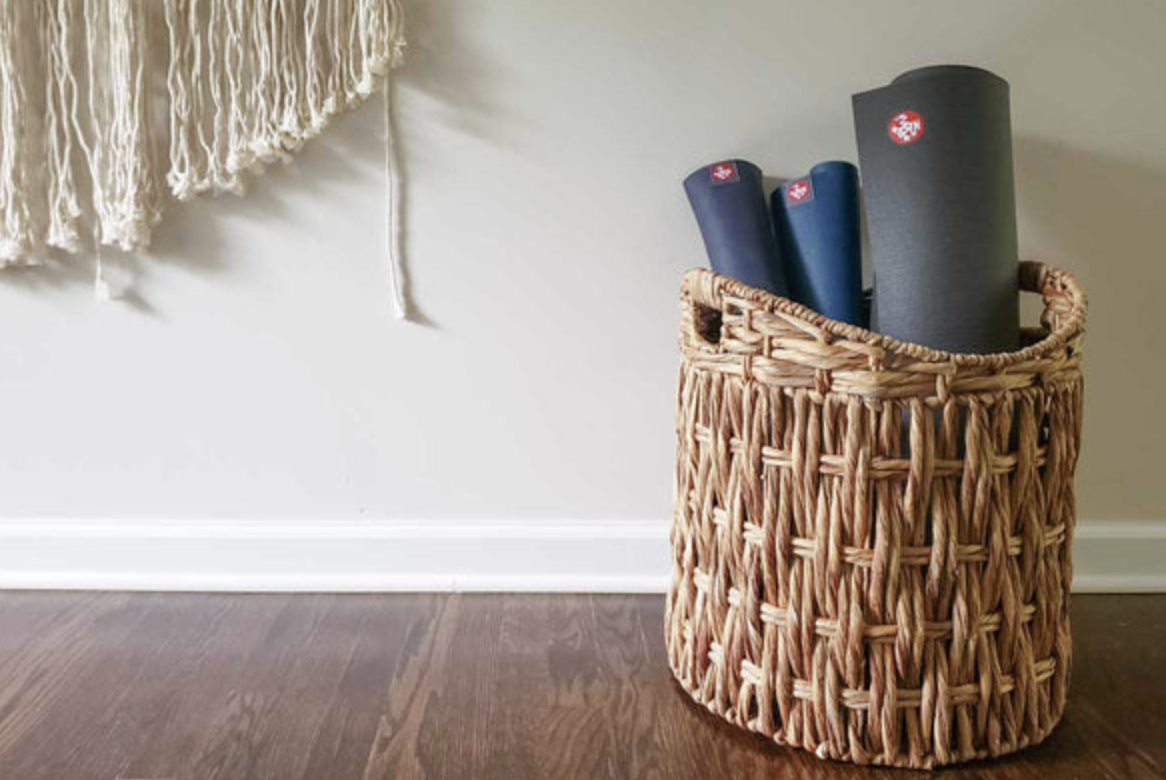Your cart is currently empty!

Remember that time I talked about habits? Or that other time I talked about habits? I do.
If you’re new here—Hi, I’m BK, and I’m obsessed with habits, health, and fitness. I talk about habits a lot. And guess what? This article is very much about habits. It’s about environment, but it’s about habits.
Environment is the invisible hand that shapes human behavior.
Life is a game and if you want to guarantee better results over a sustained period of time, the best approach is to play the game in an environment that favors you. Winners often win because their environment makes winning easier.
James Clear, Atomic Habits
Every time you grab that afternoon snack without thinking, miss a planned workout, or reach for water instead of soda—it’s not just “willpower slipping.” It’s your environment and habits doing what they’ve always done.
You might remember from our “Workout for Beginners” series how we lean into simplicity, consistency, and systems. That same mindset applies here—what we feed our bodies and how we move.

Motivation gets you started; environment keeps you going.
James Clear puts it simply: “Motivation is overrated. Environment often matters way more.”
Think about it this way: your brain is going to go for the easiest option—it’s how we’re wired. See cookies on the counter? You’ll probably eat one. On the flip side, if your gym bag sitting by the door, you’re way more likely to work out. The. Easiest. Option.
Your environment sends signals—cues—that spark habits, good or bad. If you think about the environment you already have, it has shaped the habits you are currently boasting, good or bad. The more your surroundings support what you want to do, the less you need willpower to do it because it will be the easiest option.


Tiny Habit Tweaks = Big Results Over Time
Clear’s whole playbook revolves around this core idea: a 1% change, compounded steadily, can be massive. For you finance people, think compounded interest in a savings account.
Whether it’s swapping a soda for sparkling water, choosing fruit over chips, or adding five push-ups to your morning routine—the changes are small. And the action is simple. Do them one day at a time, and they’ll build momentum. Then you’ll look back in a year and see 52 weeks or 365 days of tiny changes compounded into something much bigger.
Four Simple Laws to Supercharge Health Habits
Clear organizes his strategy into four actionable steps—each one super relevant to your fitness and eating goals:
1. Make it Obvious
Set visual cues. Keep healthy snacks visible, stash junk food out of sight.
Lay out your gym clothes before bed.
Put your water bottle where you’ll see it—all day.
2. Make it Attractive
Pair it with something you enjoy. Love podcasts? Only listen while on the treadmill.
Craving sugar? Go for a naturally sweet fruit bowl instead.
The more you like the habit, the more likely it sticks.
3. Make it Easy
Cut out the friction. No time? Bookend your day with small wins: 3 squats in the morning, 5-minute walks, quick dinners you prep ahead.
You already do something—let’s make it count.
4. Make it Satisfying
Celebrate. Check boxes. Track progress.
Small wins (completing three workouts this week, hitting your veggie goal) feel good—and that feedback loop keeps you going.
No celebration needed? Treat yourself in a non-food way: a massage ball, a new playlist, an extra bedtime.
Identity: The Real Game-Changer
Clear teaches that habits stick best when they’re part of who you see yourself as Trainerize.me.
Instead of saying, “I want to lose 20 pounds,” try thinking:
“I am someone who chooses nourishing foods.”
“I am a person who moves daily.”
Shifting your identity makes the habits you instead of chores. It’s subtle—but wildly powerful.
Rally in Your Habitat: Shape Spaces That Support Your Goals
You don’t need a full home renovation. Just simple, smart tweaks:
- Zone your spaces: one for eating, one for moving. Just like Clear suggests—one space, one use.
- Kitchen: fruit bowl on the counter; hide cookies in opaque containers or out-of-reach spots.
- Living room: yoga mat by the couch; smoothie blender on the counter.
- Car or office: gym bag in the trunk; headphones ready for walk intervals during calls.
Let your environment do the nudging—so your habits don’t have to.
Your Turn: Build a Health Habit That Sticks
Let’s end with your next move:
- Pick one tiny habit—something you can repeat daily.
- Design your environment to cue that habit.
- Celebrate wins, even small ones.
- Notice how that builds over time: clothes fitting better, energy up, pride in your consistency.
That’s how we win long-term.
Bottom line: Changing your body or energy levels isn’t about gymnastics of willpower. It’s about creating systems where healthy habits happen without thinking. Atomic Habits breaks down exactly how to do that—and we use the same principles here at Foundation.
If you’re ready to make a tiny tweak this week—something that feels doable—hit reply. I’d love to help you plan it out (and celebrate when you stick with it).
Keep it simple. Keep it consistent. You’ve got this.
-BK



